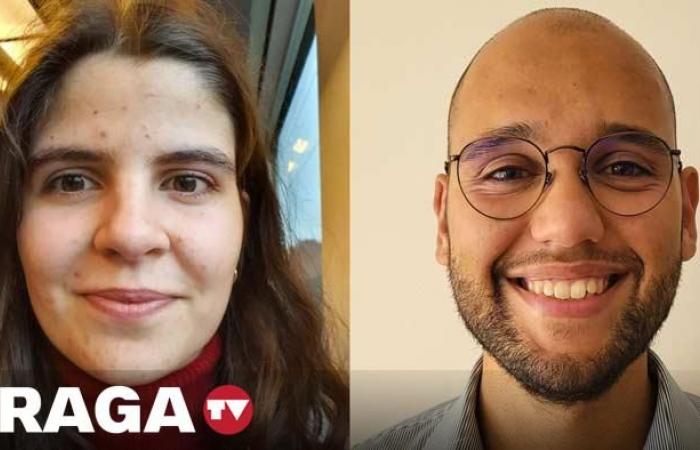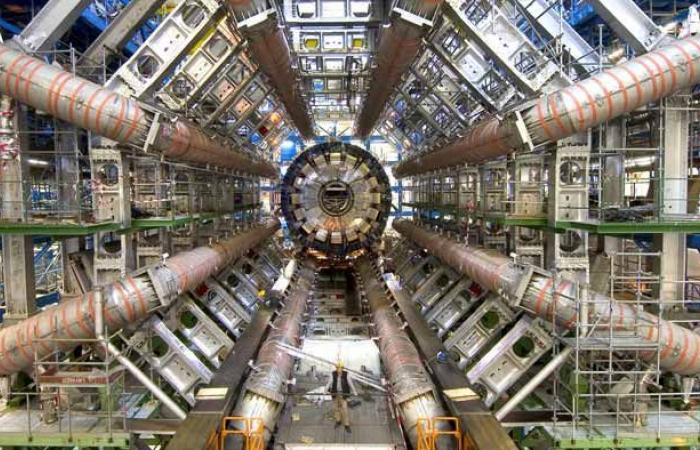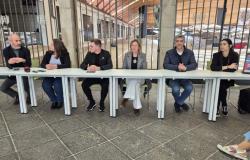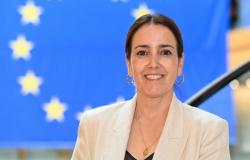At CERN – European Particle Physics Laboratory (Switzerland) there are around six hundred million proton collisions per second and all this data is analyzed by tens of thousands of scientists from all over the world. Miguel Caçador and Gabriela Oliveira, master’s students in Physics Engineering at the University of Minho (UMinho), propose to accelerate this process by applying artificial intelligence to a quantum computer, to detect new events in physics (helping to decipher the universe) and to better understand the quantum technology. Your study was published in the journal Frontiers in Artificial Intelligence.
The students investigate in the Instrumentation and Experimental Particle Physics Laboratory of the UMinho School of Sciences (LIP-Minho), guided by professor Nuno Castro. First, they gather large amounts of data that simulate physics events (such as proton shocks) from CERN experiments. Then, they use pre-processing techniques so that they can classify the data with quantum machine learning (QML). They focus in particular on high energy physics and its application to search for new physics phenomena, that is, processes not predicted by the standard model of particle physics.
Finding a needle in a haystack
“We take techniques that are developed in the area of quantum computing and study their application to particle physics”, says Miguel Caçador. From CERN, the largest particle accelerator in the world, comes a lot of data and “discovering the really interesting ones is more difficult than finding a needle in a haystack”, he emphasizes. The idea is to create a model that distinguishes events coming from known physical phenomena from those that could signal something new.
To fairly compare models of machine learning classical and QML, scientists carried out a systematic study of traditional analysis methods of similar complexity to the quantum algorithms used. The performance between the models was similar, which “is promising given the current state of quantum computers”, says Gabriela Oliveira.
For Nuno Castro, this project “shows that the involvement of undergraduate and master’s students in research is strategic for the teaching and learning of experimental sciences, allowing students to begin scientific activity and develop the skills that they will later use in their careers. professionals”. The study also involved Miguel Crispim Romão and Inês Ochoa, both from LIP.
Tags: UMinho researchers artificial intelligence decipher universe







